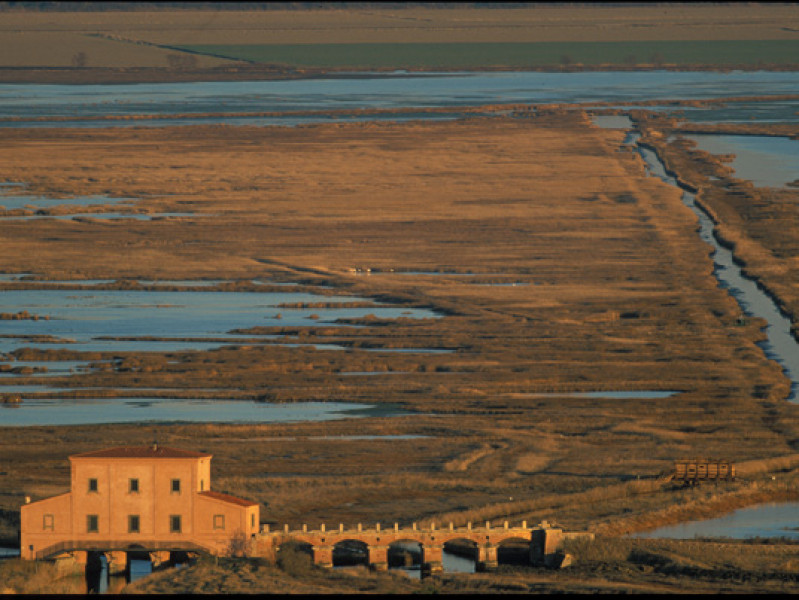


In Latin its name was Lacus Prilis. It represented the great inlet that covered the plains of Grosseto from the Pliocene age (between 2.9 and 1.7 million years ago). At the time, the only islands that emerged from the water where those with the highest peaks, like the Uccellina Mountains in the current day Natural Park of the Maremma. This inlet remained intact for entire geological ages. However, debris slowly closed the inlet eventually forming Lake Prile. The lake’s waters remained salty until the second half of the 14th century, and the salt trade was actually one of Grosseto’s most important economic resources, even attracting the interest of the powerful city of Siena. It was only in 1386 that an expert from Siena ascertained that the salinity of the lake water was lost; the waters Lake Prile then had to be classified as “stagnant fresh water”. As the years passed the lake continued to shrink until there was no lake left at all: the last traces of Lake Prile were the infested marshes that dramatically shaped the history of the Maremma region. Today, after various efforts to clean and sanitize the area, some marsh areas remain, like the area near Castiglione della Pescaia. They are now even protected to offer refuge to migratory birds, like the Diaccia Botrona.
08
Aug



PIANO DI SVILUPPO E COESIONE – PSC TOSCANA
INTERVENTI DI CUI ALLE RISORSE FSC DELIBERA CIPESS 26/2021
Supporto alla valorizzazione dell’immagine della Toscana – Maremma Toscana Area Sud
Progetto Maremma Toscana Area Sud